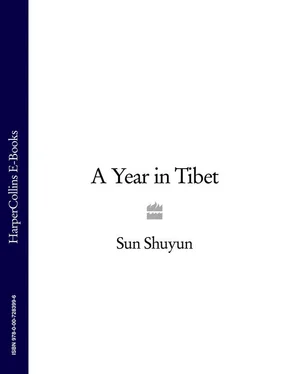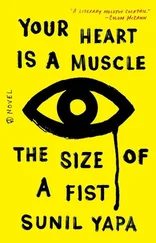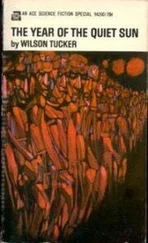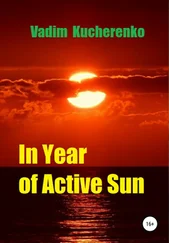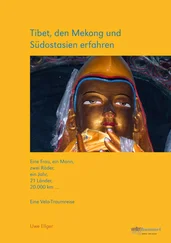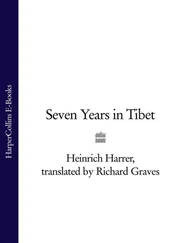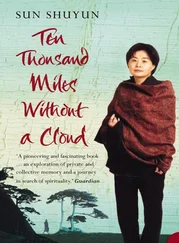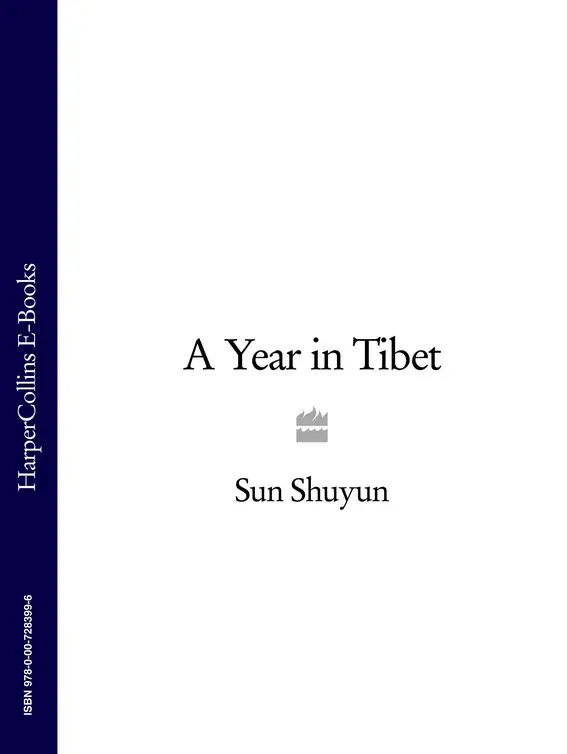
SUN SHUYUN
A Year in Tibet

To the Rikzin family
Prologue
Chapter One - The Shaman, The Gun and Mao's Red Book
Chapter Two - Sky Burial
Chapter Three - Journey to the Next Life
Chapter Four - The Learning Curve
Chapter Five - Cold Feeling
Chapter Six - I'm Getting Married?
Chapter Seven - One Wife, Three Husbands
Chapter Eight - The Woman, the Goat, and the Chang
Chapter Nine - Three Million Prayers
Chapter Ten - Crime Is Its Own Punishment
Chapter Eleven - Keeping the Faith
Epilogue
Notes
Bibliography
Postscript
Glossary
Index
Acknowledgements
About the Author
Praise
By the Same Author
Copyright
About the Publisher
Tibet has always called to me. In 1986, my last year at Beijing University, I had the chance to volunteer to work in Tibet. For eight years' service I would get Party membership, double pay, housing priority and faster promotion on my return. It seemed like a good deal. I was only twenty-three; I knew it would be tough but I would be set up for life by the time I was thirty. And I had seen a lot of photographs of Xizang , the Chinese name for Tibet, which means ‘Western Treasure’. It looked beautiful. I was tempted.
This was long before I read Lost Horizon by James Hilton, the book that planted the mystic Shangri-la in the minds of foreigners, or the tantalising accounts by early explorers. I wrote to my parents, and received a prompt and stern reply from my father: ‘I can't believe anyone in your class has such stupid ideas. Is that the sort of thing you learn in Beijing University? I thought they would have higher ambitions for you. Tibet is not a fit place for us anyway.’ He carried on in this vein for a page, warning me of dire consequences if I went. He thought the altitude would finish me off before my eight years were up.
For my parents, Tibet was a barbarous land where men drank blood and lamas made drums from human skin and horns from virgins' thigh bones; where serfs were treated worse than animals; where the moral standards were so low that brothers — and even fathers and sons — shared a wife, and sisters shared a husband. Years of Communist propaganda about Tibet's backwardness had convinced them of all of this. I bowed to their pressure.
We Chinese have always called our country Zhongguo ,‘centre of the universe’. The land beyond was inhabited by barbarians. In primary school, we learned how China gave the benefits of its superior civilisation to Tibet. In 641 a Chinese princess named Wencheng married Songtsen Gampo, the Tibetan king, and took with her our advanced knowledge of medicine and medical equipment, astrology, plants and seeds, brocade silk, craftsmen, musicians, scholars, Buddhist scriptures, a statue of the Buddha, and Buddhism itself. Today the statue she took to Tibet is still worshipped by the Tibetans in their most holy shrine, the Jokang Temple in Lhasa. In the most exaggerated version of this tale, her beauty and intelligence won the King's heart and he was persuaded to have the Potala Palace built for her. In other words, most good things Tibet has, it owes to her, a mere sixteen-year-old girl.
It is curious though that our annals of history of that period tell us nothing more about her. It is the Tibetan record that gave us perhaps a true reflection of her feelings on hearing the news of the impending marriage; she told the Emperor Taizong she did not want to go:
How could you send me to the Tibetan land?
Where there is nothing but snow
Where it is bitterly cold and rough
Where dragons and ghosts and devils abound
Where there is no happiness and joy
Where five cereals do not grow and hunger is prevalent
Where the inferior carnivorous people live
Where behaviour is rude and etiquette is lacking … 1
The Imperial court started sending officials to Tibet in 1727. They were called Ambans and represented the Emperor's authority in this far-flung corner. But they were mostly posted there as punishment for transgressions of some sort. In the 185 years up till the Last Emperor in 1911, there were a total of 135 of them; they did not stay long. Only a dozen, according to scholars, were competent, 2while the rest were for the most part passive, contemptuous and corrupt. They disparaged this remote and ‘primitive’ part of the Empire. One of them described the Tibetans as ‘stupid as deer and pigs’. Others wrote in their dispatches that the Tibetans would benefit from the morals of Confucius or from adopting Chinese names, and would be more civilised if they wore trousers under their robes. The Ambans had little time for Tibetan religion either: ‘Lamas do not have to recite sutras day and night; they should make money as well in trade, agriculture and industry.’ 3Contempt did not stop many of them from lining their pockets. They had scales of charges for recommending aristocrats to positions in the Tibetan government; for the top job, it was 12,000 ounces of silver. 4They cared little for what the Tibetans might think of them, or the court they were representing.
Even in the Republican period, the disparagement persisted. Chiang Kaishek's Western-educated envoy to Lhasa wrote: ‘When you set foot on the Tibetan land, the question that occupies your mind is: is this Shangri-la, the paradise that is full of rosy and dreamy colours and idyllic smells? … It is no different from the surrounding areas, only more barren, more poverty stricken, and drowned in a deadly silence.’ 5
I started learning Tibetan at Oxford, with the late Tibetologist Michael Aris, and wrote my master's thesis on Britain's role in Tibet when it withdrew from its empire in India. I made my first trip to Tibet in 1991, to see for myself whether it was hell on earth or Shangri-la. I found a land of emptiness and majesty. The guidebooks say Tibet is closer to heaven, and that was how I felt: a harmony between nature, man and faith, which had a strong appeal for me. Was I attracted because I grew up in such a crowded country, where nature was being trampled on by the vast population? Was it because I was living in a spiritual void created by disillusionment with communism? Or was I, like the long string of adventurers and explorers before me, looking for a ‘land of lost content’ that perhaps exists only in the mind? I went back many times, going further and further into the plateau, living with nomads, nuns, and hermits, each trip longer than the previous one. But these were all relatively brief encounters.
Then came my chance — to direct a documentary series about a year in the life of ordinary Tibetans. From July 2006 to June 2007 that is just what I did. I decided to film in Gyantse, 13,000 feet up, Tibet's third largest town, but one with still only 8,000 people. It is also the seat of a county with 60,000 people, big enough for me to find a representative range of characters. It is beautiful and all of a piece, with its ancient fort, well-known monastery, and traditional houses largely intact — a rarity in today's Tibet. Of course, change has come to Gyantse too, along with a growing influx of tourists, migrants, and traders, although they have not, or not yet, altered its character. And Gyantse is a place of history, the scene of Colonel Younghusband's infamous massacres in 1904, when he led an expedition to open up Tibet for the British Empire.
Читать дальше
